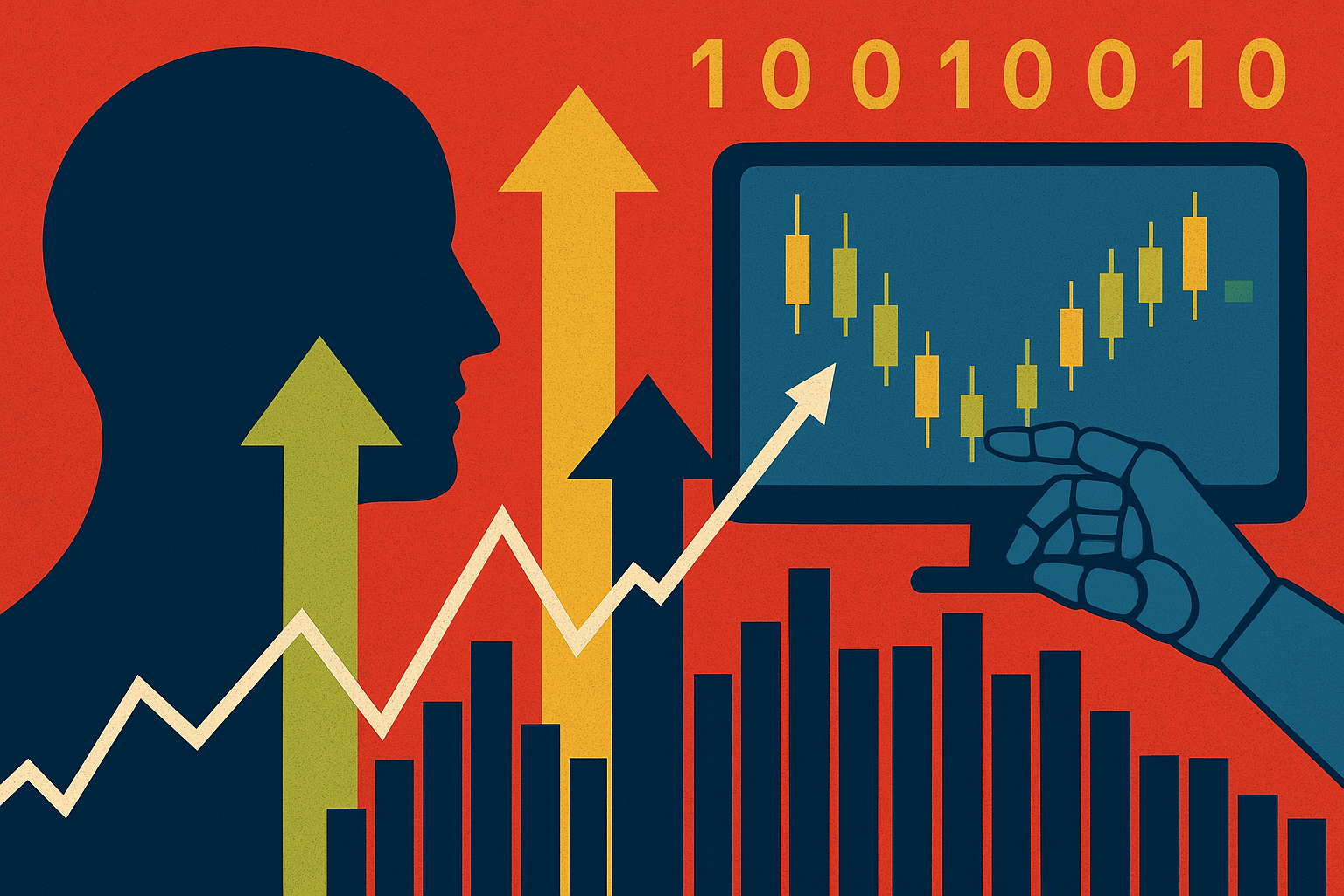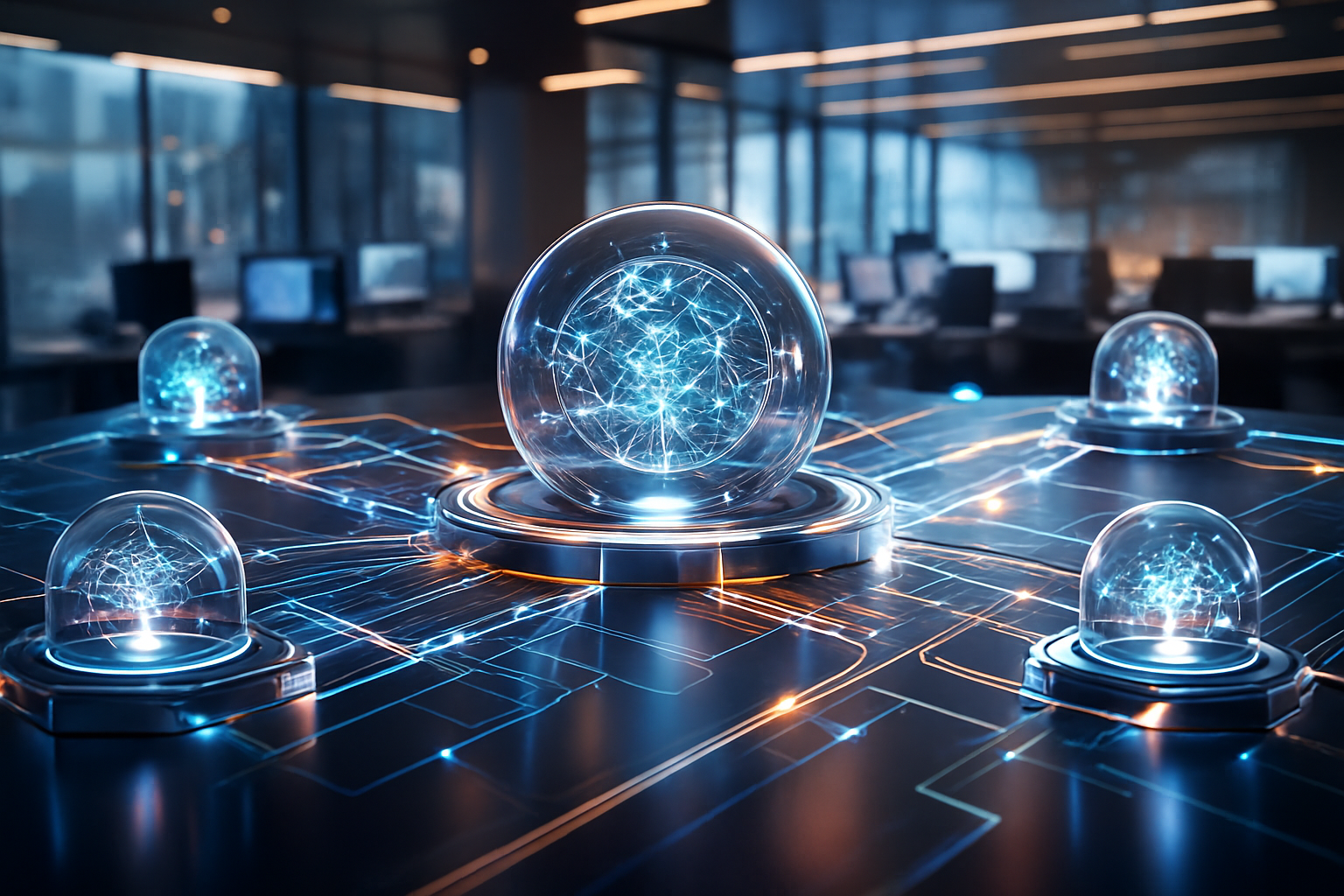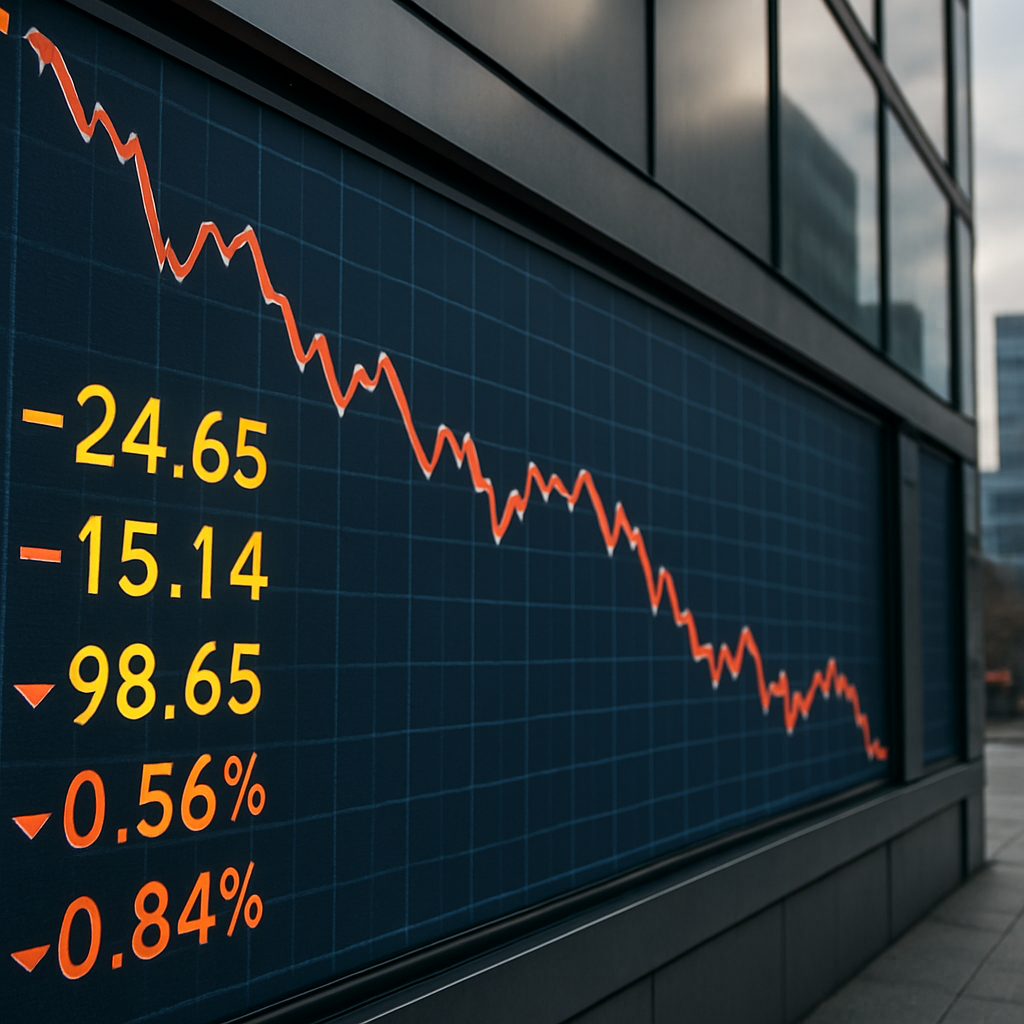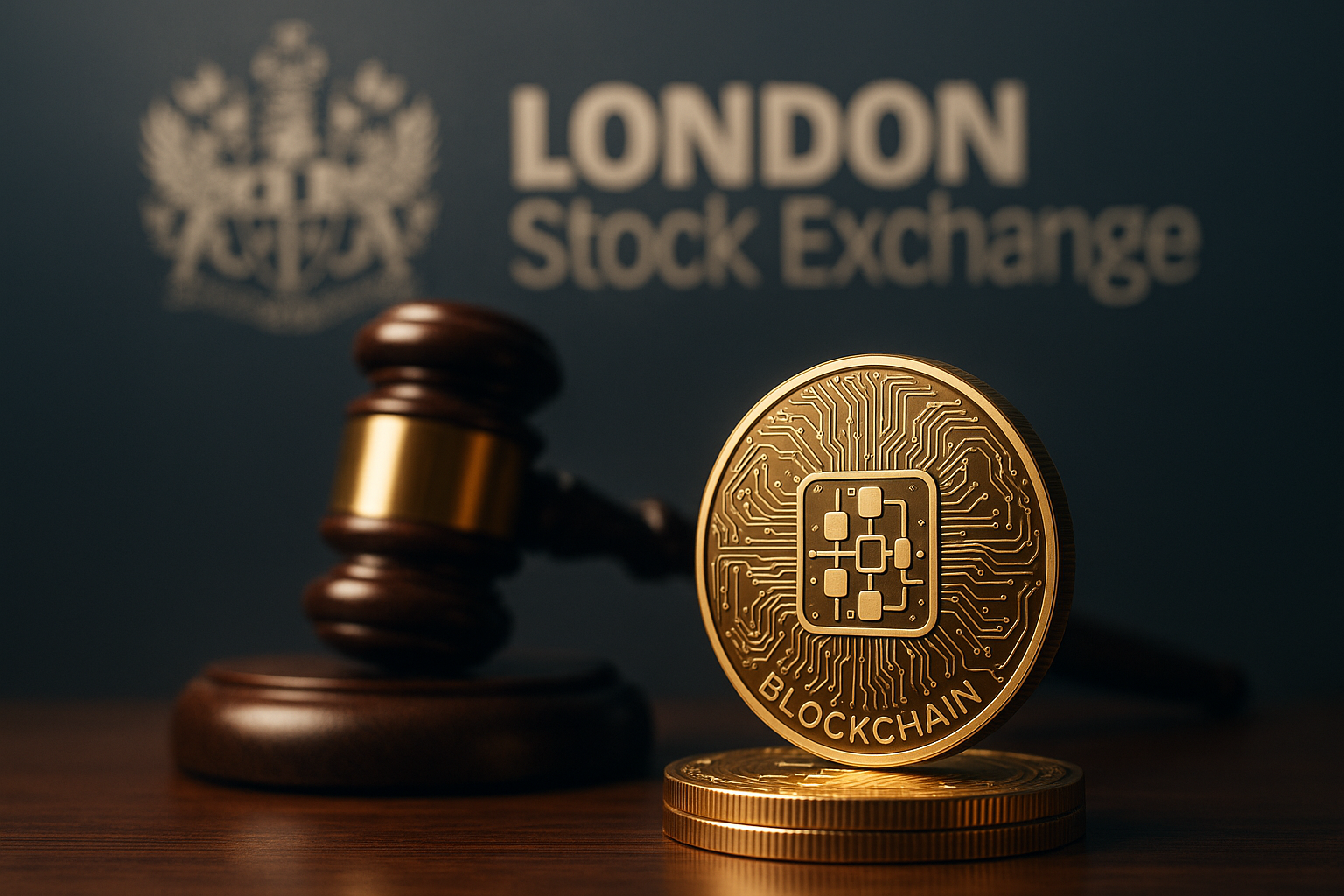As artificial intelligence reshapes industries from healthcare to manufacturing, its influence on financial markets is proving just as transformative—and far more disruptive. Wall Street is witnessing an unprecedented surge in trading activity as AI-driven algorithms flood exchanges with orders, reshaping how liquidity, price discovery, and even volatility function in real time.
According to Fortune, the New York Stock Exchange (NYSE) is now processing roughly 1.2 trillion order messages per day—a staggering threefold increase compared to four years ago. This explosion in “message traffic” reflects the meteoric rise of machine learning and algorithmic trading systems that now dominate global markets, executing trades faster than any human can react.
The Rise of AI-Powered Market Dynamics
Once the domain of quant hedge funds and high-frequency traders (HFTs), algorithmic execution has gone mainstream. Asset managers, ETFs, and retail brokerages are increasingly using AI-powered systems to anticipate market movements, detect arbitrage opportunities, and optimize execution strategies.
While automation has brought efficiency and tighter spreads, it’s also created a more complex—and fragile—market structure. NYSE President Lynn Martin told Fortune that these record message volumes illustrate “how algorithmic strategies are saturating the trading ecosystem,” pushing existing exchange infrastructure to its limits.
The proliferation of AI trading models, each trained on massive datasets, has made markets more efficient but also more unpredictable. A sudden spike in order flow or latency issues can now trigger cascading effects across asset classes in milliseconds. It’s no longer just about fundamentals—market microstructure is becoming a macro risk.
Why This Matters for Investors
For institutional and retail investors alike, the implications are profound. AI-driven trading has changed not only how prices move, but also how risk is distributed across the system.
- Volatility sensitivity: When thousands of algorithms react simultaneously to similar signals, small changes in sentiment can result in exaggerated price swings.
- Liquidity illusion: While liquidity may appear abundant, much of it is fleeting—orders can vanish the moment volatility spikes.
- Execution risk: For active traders and funds, understanding latency, order queues, and slippage is now critical to performance.
A Bank for International Settlements (BIS) report warned earlier this year that the rise of “machine-intermediated trading ecosystems” could amplify flash events if unchecked. The 2010 “Flash Crash” is a distant memory—but today’s infrastructure, fueled by AI, means similar dislocations could unfold faster and with broader systemic consequences.
The Edge of Human vs. Machine
The question for many investors is whether humans can still compete. Large language models and predictive AI tools are increasingly being integrated into portfolio construction, macro forecasting, and trade execution. According to a McKinsey Global Institute analysis, roughly $1.5 trillion in global market value could shift annually as automation changes how investment decisions are made.
Still, humans retain an edge in qualitative judgment—interpreting political risk, understanding behavioral shifts, and adapting to black-swan events that machines can’t fully predict. “AI thrives on patterns,” notes Goldman Sachs strategist Ben Snider, “but markets evolve when those patterns break.”
Investors who understand how AI algorithms behave—how they react to order-book signals, liquidity gaps, or macro data releases—can position themselves ahead of algorithmic feedback loops. That’s becoming a new form of alpha.
Future Trends to Watch
1. AI Infrastructure Demand:
The surge in AI trading is driving demand for data centers, low-latency networks, and advanced chips. Companies like Nvidia ($NVDA), Broadcom ($AVGO), and Super Micro Computer ($SMCI) are positioned to benefit from this structural shift.
2. Regulation and Oversight:
Expect regulators, including the U.S. Securities and Exchange Commission (SEC), to intensify scrutiny over algorithmic and AI-based trading systems. Proposals for real-time trade audits and algorithmic certification could reshape compliance costs across the industry.
3. Hybrid Investing Models:
The next generation of funds will likely blend human discretion with AI prediction—leveraging natural language models for macro forecasting while machines handle execution.
Key Investment Insight
AI is not just influencing the market—it is the market. Investors should treat the rise of machine-driven trading as both an opportunity and a risk.
- Opportunities: Infrastructure plays, chipmakers, and data analytics firms fueling this transformation.
- Risks: Market fragility, regulatory intervention, and unintended algorithmic chain reactions.
Positioning in companies building the backbone of AI infrastructure—or adopting algorithmic tools for strategy—could offer investors exposure to one of the most powerful trends shaping financial markets in decades.
As the digital heartbeat of Wall Street accelerates, investors must evolve with it. Staying ahead means not only watching prices, but also understanding the code driving them.
For daily investor briefings and deep insights into AI, markets, and macro trends, follow MoneyNews.Today—your trusted source for the stories shaping the future of finance.





